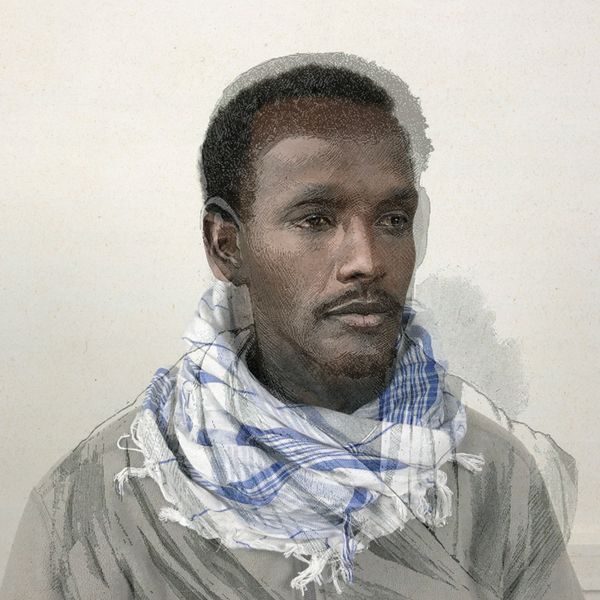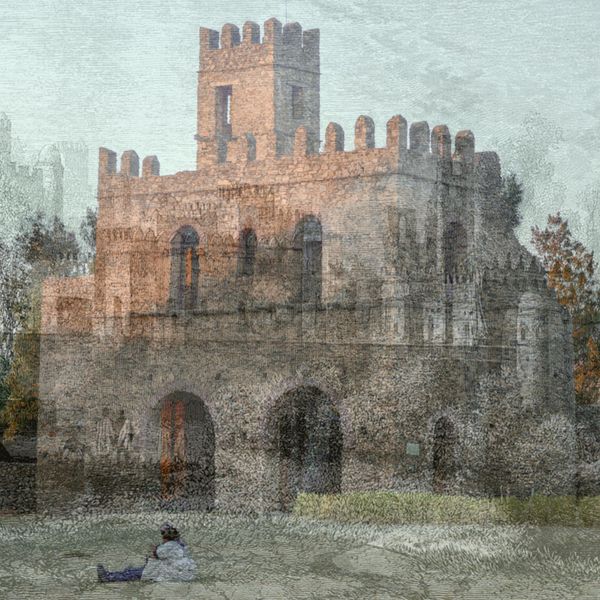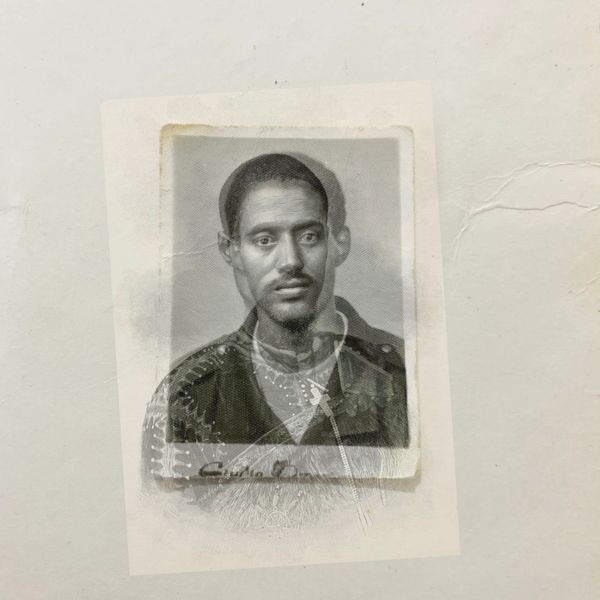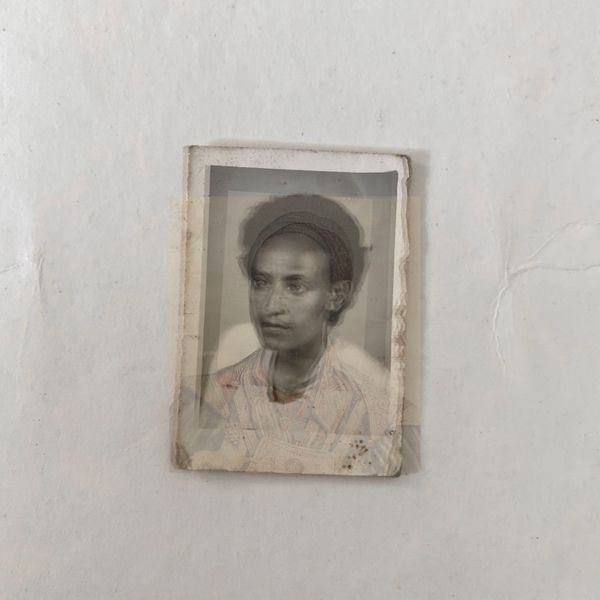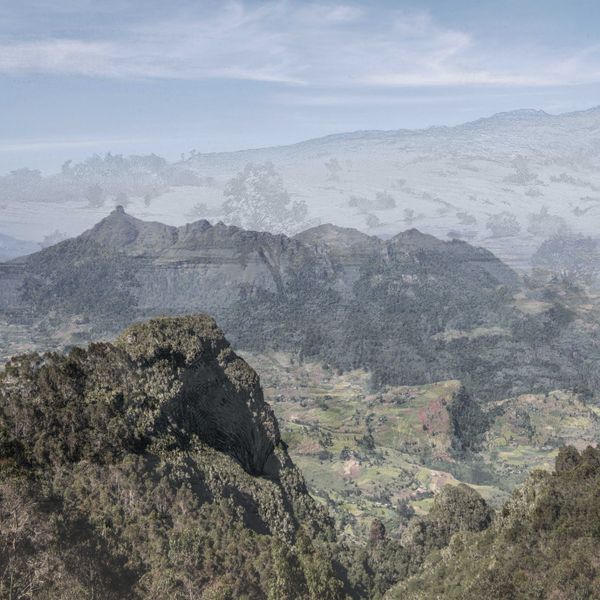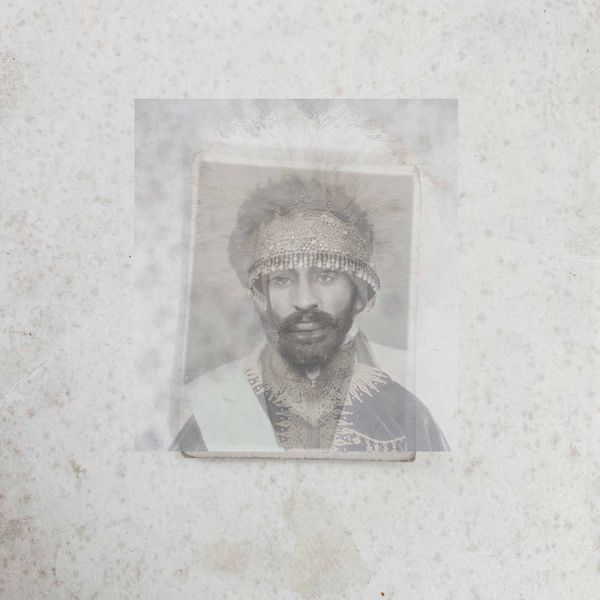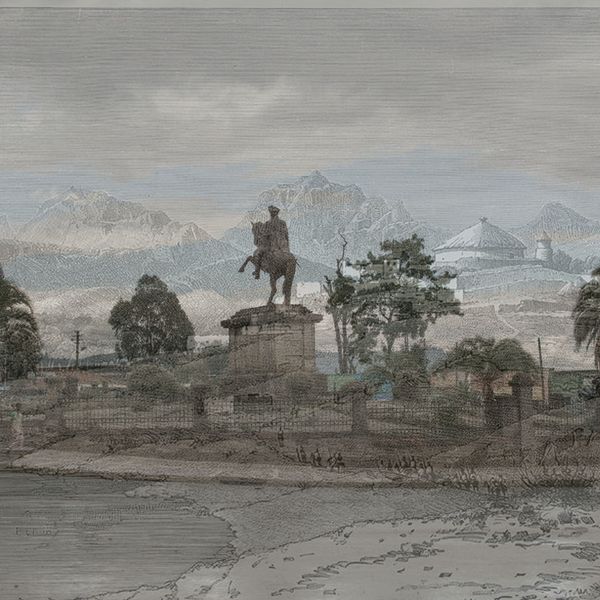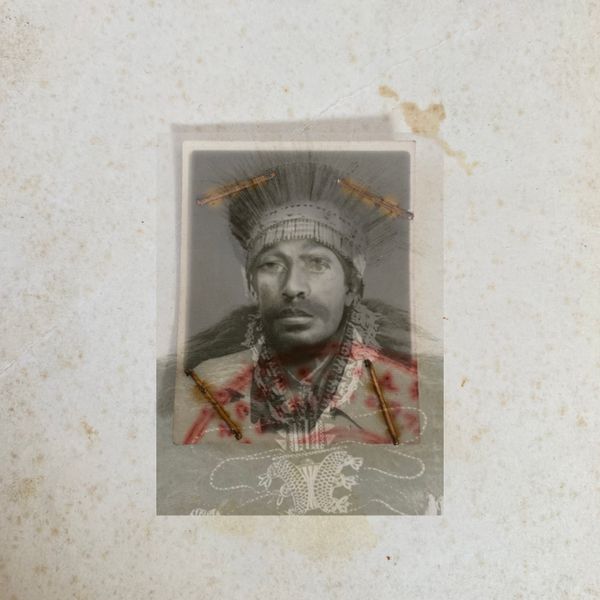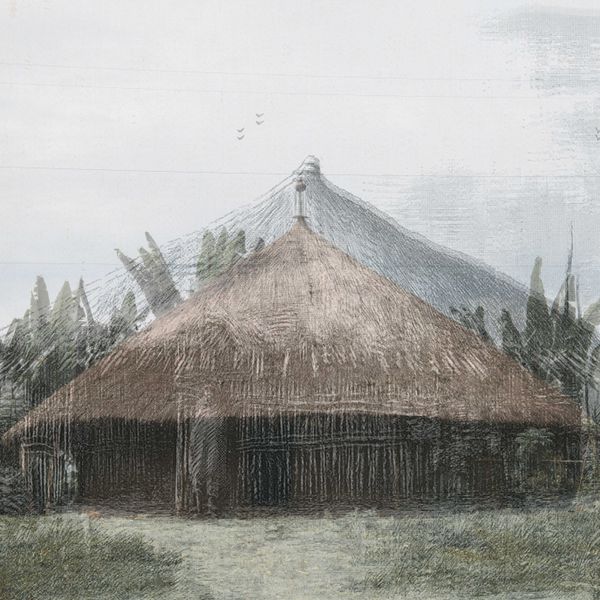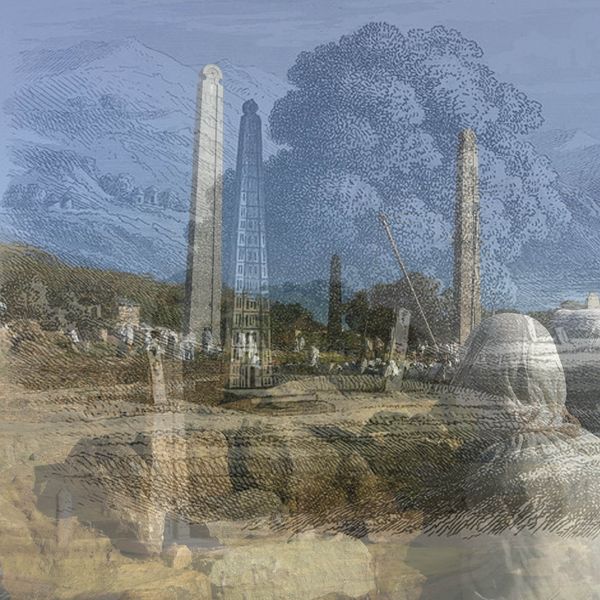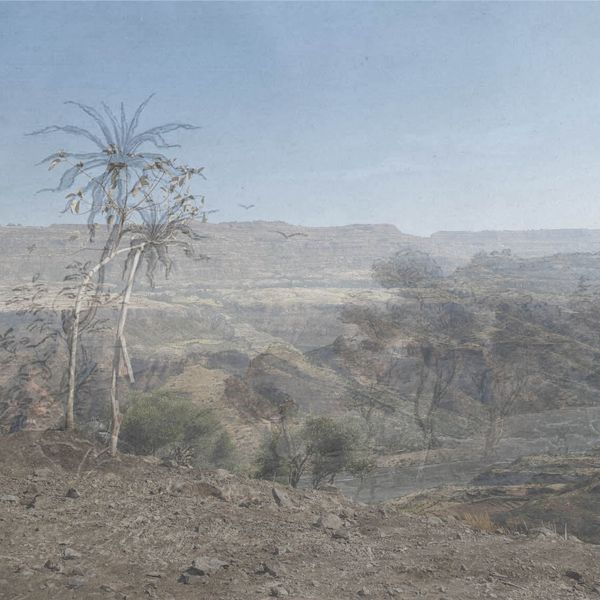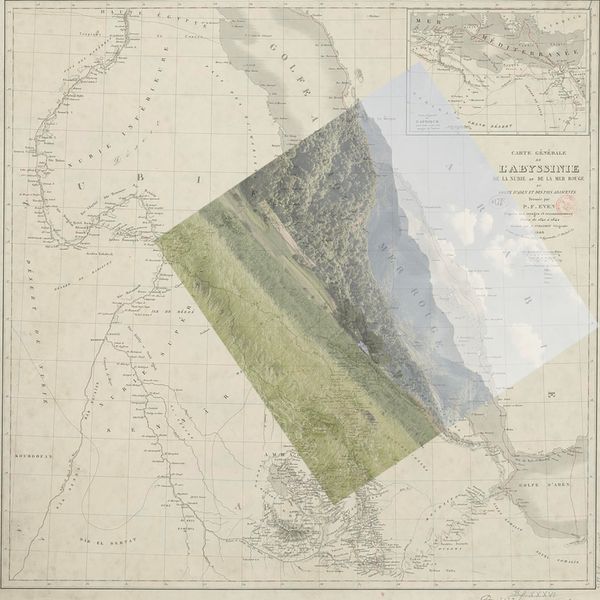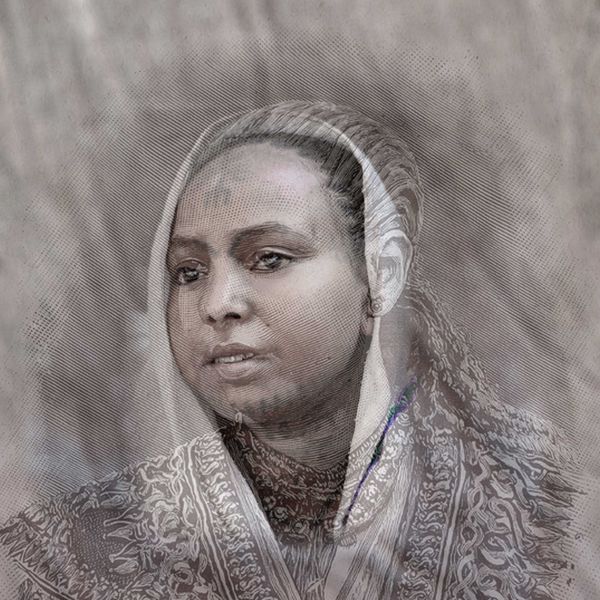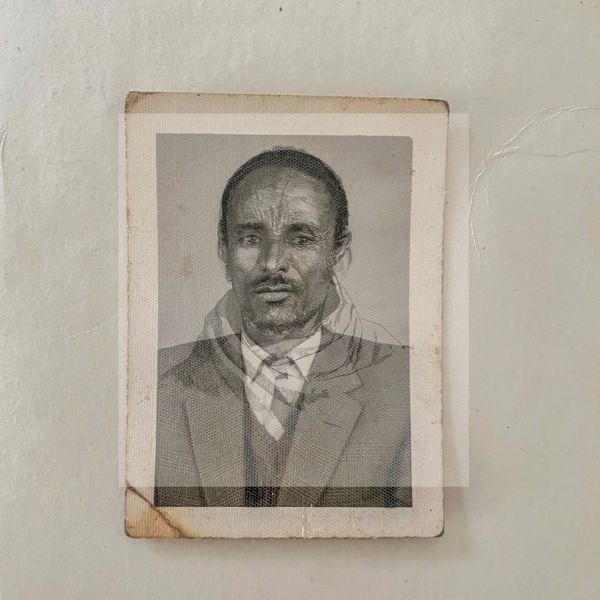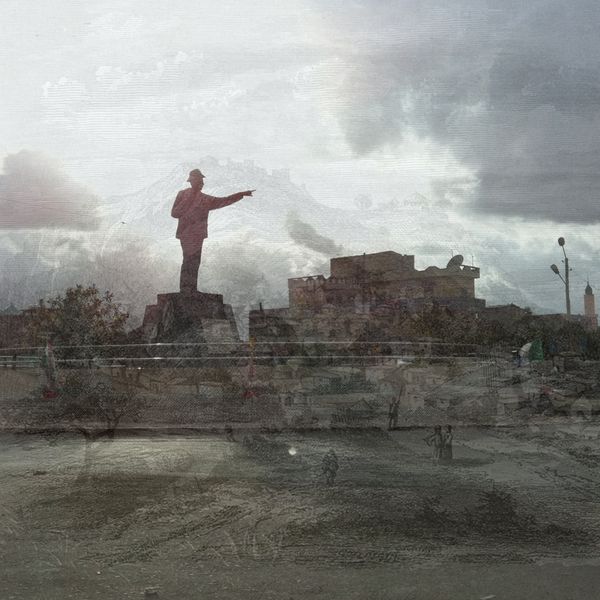Between Yesterday and Tomorrow
-
Dates2018 - 2023
-
Author
- Location Ethiopia, Ethiopia
-
Recognition
The act of remembering is the act of feeling. This nomadic type of flexible exploration that merges three types of archives seeks to address the concept of an involuntary memory, one that’s of emotions and senses.
I read Ethiopia’s history as a child in my father’s books that he left before his passing. I learned about the glorious periods in Ethiopian history and lived in a society that celebrated having 3000 years of history and defeating colonization. Remembering is in our cultural DNA. We stand at an intersection between yearning for the past and longing for the future with profound uncertainty.
Images play an important role in this remembrance. Ethiopia’s visual representation starts in the 19th century with engravings, sketches and photographs made by European ‘travelers’. I superimposed these archives with images from my current work and my family album. This acts as a metaphor for the overlapping and compression of time and space in one’s memory. On one hand, it ’s an acknowledgment of the continuous involvement of the western world in our history. Even our own historians favored European accounts in writing our stories and therefore, shaping our future. On the other, it speaks to the abundant nostalgia for the seemingly glorious past.
I recently made my first visit to the birthplace of my grandparents whom I didn’t get the chance to know well. It brought a fleet of memories, shifting from an initial longing for the presence of my ancestors to then a quick rush of melancholy for an uncertain future that awaits my generation and the generation of Ethiopians. Landscape is part of our heritage and it’s a reflection of a complex relationship between political, social and economical contexts shaping the history and memory of the people. Battles, trade routes, and European route of contacts were all part of circumstances that are the result of both natural and cultural landscapes in Ethiopia.
Therefore, my identity as an Ethiopian maintains an amorphous shape constantly shifting between elements of personal and collective memories. Identity photographs I took from my family album are superimposed on archival portraits of both Ethiopian monarchical rulers and everyday people from the past. The superimposition brings forward somewhat of a new being removed further from the original, speaking to not only the fluidity of memory but to the fluidity of identity in the present day as well.
The audience is encouraged to look at the images slowly, as if they navigate between the past and the future, hence staying a nomad in a dreamlike state, between yesterday and tomorrow.
